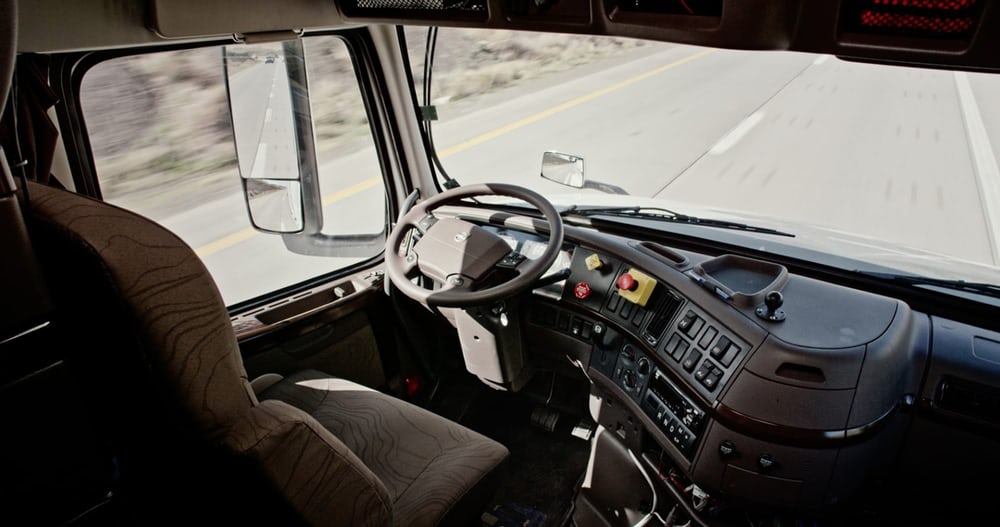Road safety nannies seem obsessed with introducing automated vehicles as a panacea to resolving the road toll, according to motorcycle and artificial intelligence experts.
Their comments follow a recent crash in which an automated Tesla S rear-ended and injured a female motorcyclist in Norway while undergoing on-road testing.
It has prompted official concerns about whether testing of Tesla’s Autopilot system sufficiently took into account two-wheeled vehicles.
And it’s not just automated cars, but also buses and trucks with Volvo just completing a 210km automated drive from Colorado Springs to Fort Collins to deliver Budweiser beer.

International Federation for Information Processing president Mike Hinchey has warned this week’s ITU World Telecommunication Standardisation Assembly in Tunisia about the rapid introduction of artificial intelligence (AI) systems.
“The challenge is how to trust automated decisions, particularly in a situation where machine learning means that the computer might make a completely different decision from one context to another,” he warns.
“If we are going to empower machines to act on our behalf, then we must be clear about the constraints we want to enforce by specifying a range of behavioural rules we will accept and those we won’t.”
While recognising the enormous investment being made in AI systems like driverless cars, Professor Hinchey said the jury is still out on whether these systems will ever be fully implemented.
“Technology like driverless cars only really works if everyone applies the rules consistently. Robots will, but humans might not.
“Humans sometimes bend the rules out of courtesy and will use eye contact to confirm their decision. However, in a context where both humans and robots are sharing the road, problems could arise because of the different ways in which they interpret the rules,” Professor Hinchey explained.
Preservation of life
He also questioned where to draw the line on preservation of life.
“Of course, a self-driving vehicle will seek to protect its occupants, but what happens if the choice is between saving the person in the car or saving several people on the street. How does a robot decide without the benefit of human judgement?”
Professor Hinchey said more research is needed to understand the nuances of AI systems as their influence in our lives continues to grow.
Yet development in automated cars and motorcycles with AI is going ahead at a rapid pace and on-road testing is becoming more prevalent.
The road safety experts are claiming it will make the roads safer. Even BMW Motorrad spokesman Karl Viktor Schaller says autonomous vehicles will make motorcycle riding safer.
BMW, as well as Yamaha and Kawasaki are also woking on autonomous motorcycles using AI.



Obsessed with automated vehicles
Motorcyclist, road safety campaigner and Australian Motoring Enthusiast Party candidate Judith Kuerschner says delegates at the recent Australasian Road Safety Conference in Canberra seemed obsessed with autonomous vehicles.
“Personally I don’t see them as a good thing for motorcycles,” she says.



“Many variables involved with manoeuvres such as filtering and moving at speeds greater than the posted limit, or even just the ability to accelerate quickly and move ‘erratically’ within a lane are things which most car drivers don’t seem to be able to factor in.
“Since an inanimate object such as a computer on wheels is only going to be as good as its programmer, these things are likely to be ‘too hard’ to cater to, or simply not thought of at all.
“Add to this that motorcycles are smaller than a car and therefore, more difficult to detect.”



